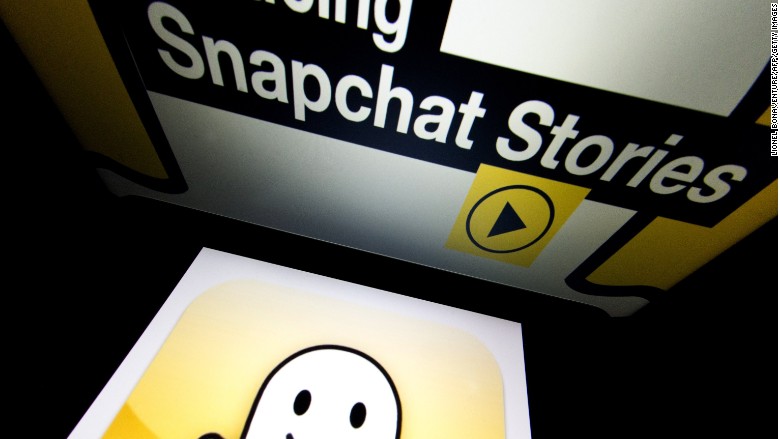
The closing of the news app Circa this week comes as other apps like Snapchat are just getting into the news business.
But there are significant differences between the two apps, and what may have doomed Circa could offer promise to Snapchat.
Circa tried to be a news destination, a place where users could go to find curated stories all in one place. Snapchat, already an enormously popular social destination, is bringing the news where millions of people already are.
"Snapchat already has an engaged and built-in audience," Katie Hawkins-Gaar, a digital innovation faculty member at the Poynter Institute, told CNNMoney. "Circa built an audience from scratch."
"In the past, people inadvertently got their news from social media," Hawkins-Gaar said. "It became a trend that was driven by the audience, and places like Snapchat are trying to become a destination for news."
Related: Apple's new way to deliver the news
Related: Snapchat launches McDonald's filters
Launched in 2011 around the same time as Circa, Snapchat has become a prime spot for what it claims are 100 million mostly young users who are drawn to the app's ephemeral photo-sharing feature. The company claims that its users are watching more than 2 billion videos each day.
Snapchat, which declined to comment for this story, kicked off its ambitious foray into the news business this year by introducing "Discover," a channel that allows several media organizations -- including CNN, the owner of this website -- to distribute their content on the app.
In the spring, Snapchat poached CNN political reporter Peter Hamby to lead its fledgling news division, and it is now looking to hire someone to help cover the 2016 race.
The company's aim is to produce its own content -- another key distinction from Circa, which was largely a news aggregator, plucking stories from various outlets and highlighting the most important details.
Snapchat, on the other hand, has demonstrated its original content capabilities with its "Live Stories" feature, which cobbles together a series of "snaps" to form a narrative. While Snapchat's photos last just seconds, its stories last 24 hours.
The company told Re/code earlier this month that "Live Stories" draw an average audience of 20 million people in a given 24-hour window.
Snapchat earned plaudits for one such story that included messages and photos from people living in and around Charleston, South Carolina, who were reeling from last week's church massacre. On Friday, after the Supreme Court's landmark decision on same-sex marriage, Snapchat responded promptly with a Live Story on the news.
The company wants to apply that format to politics and use snaps to tell stories about the 2016 presidential race.
While Circa was unable to survive, its acknowledgement that people consume news on mobile devices might be Circa's most enduring legacy.
"I think Circa was a great concept," Hawkins-Gaar said. "They did a lot for the media industry in terms of helping digital organizations realize that they have to think mobile first."


